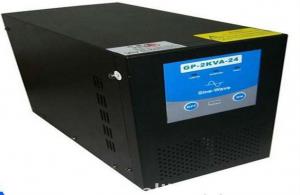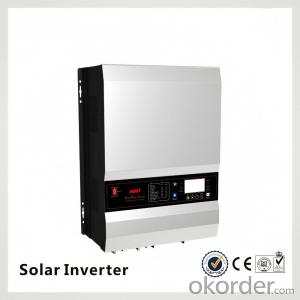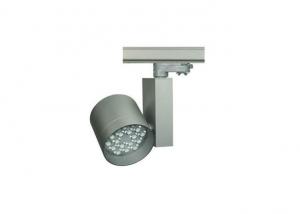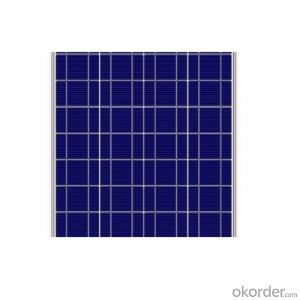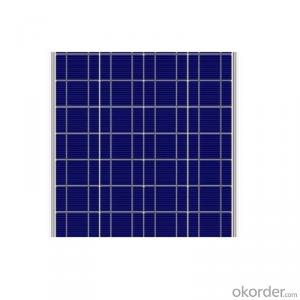Solar Inverter 2000 Watt
Solar Inverter 2000 Watt Related Searches
Solar Power Inverter For Rv Solar Power Kit With Inverter Inverter In Solar Power Plant Best Solar Power Inverter Home Solar Power Inverter Best Off-Grid Solar Inverter Best Off Grid Solar Inverter On Grid Solar Power Inverter Off Grid Solar System Inverter Best Hybrid Solar Inverter UkHot Searches
Best China Solar Inverter Solar Inverter In Dubai Solar Inverter In Saudi Arabia Solar Inverter In Uae Solar Inverter In Kerala Solar Inverter In Nepal Solar Inverter In Burpengary Solar Inverter In Caboolture Solar Inverter In Chennai Solar Inverter In Lebanon China Solar Inverter 3kw 220v China 220v Solar Inverter China 10kva Solar Inverter China Solar Inverter 1000kw China 5000w Solar Inverter China 850va Solar Inverter China Infini Solar Inverter Solar Inverter China Solar Pump Inverter Price Solar Electric Inverter PriceSolar Inverter 2000 Watt Supplier & Manufacturer from China
Okorder.com is a professional Solar Inverter 2000 Watt supplier & manufacturer, offers integrated one-stop services including real-time quoting and online cargo tracking. We are funded by CNBM Group, a Fortune 500 enterprise and the largest Solar Inverter 2000 Watt firm in China.Hot Products
FAQ
- The role of a power factor correction circuit in a solar inverter is to improve the power quality and efficiency of the inverter by reducing the reactive power and improving the power factor. This circuit ensures that the energy from the solar panels is effectively converted and delivered to the electrical grid, leading to a more stable and efficient operation of the solar inverter system.
- A solar inverter detects grid islanding conditions by monitoring the voltage and frequency of the grid. When it detects a deviation from the normal range, indicating an islanding event, it immediately stops supplying power to the grid. This is done to ensure the safety of utility workers who may be repairing the grid.
- The weight of a solar inverter can affect its installation process in a few ways. Firstly, a heavier inverter may require additional structural support or mounting equipment to ensure it is securely installed. This could involve reinforcing the mounting surface or using specialized brackets or racks. Secondly, the weight of the inverter may impact the ease of handling and maneuvering during installation, especially if it needs to be installed in elevated or hard-to-reach areas. Lastly, the weight can also impact the overall logistics of the installation, including transportation, lifting, and positioning of the inverter.
- A solar inverter plays a crucial role in the overall system efficiency of a solar power system, particularly in relation to temperature variations. At higher temperatures, solar panels tend to operate less efficiently, resulting in decreased energy production. However, a well-designed solar inverter can mitigate this issue by converting the direct current (DC) generated by the panels into alternating current (AC) in a more efficient manner. This helps in reducing power losses and optimizing energy conversion, thereby positively impacting the overall system efficiency even at different temperature levels.
- Yes, a solar inverter can work without batteries. Solar inverters are devices that convert the direct current (DC) produced by solar panels into alternating current (AC) which can be used to power household appliances or fed into the electrical grid. While batteries can store excess energy produced by the solar panels, they are not necessary for the basic functioning of a solar inverter. The inverter can directly convert the DC power into AC power for immediate use without the need for energy storage.
- Yes, a solar inverter can be used in remote areas without access to the grid. Solar inverters are designed to convert the direct current (DC) electricity generated by solar panels into alternating current (AC) electricity that can be used to power electrical appliances. In remote areas, solar panels can be installed to harness sunlight and convert it into electricity, which can then be used through the solar inverter to provide power to homes, businesses, or any other electrical devices without the need for a grid connection.
- Is the PV inverter a current source or a voltage source?
- Photovoltaic inverter, also known as power regulator, according to the inverter in the use of photovoltaic power generation system can be divided into two kinds of independent power supply and grid.
- What are the methods of photovoltaic grid-connected inverter control
- The square wave output of the inverter using pulse width modulation integrated circuits, such as SG3525, TL494 and so on. Practice has proved that the use of SG3525 integrated circuits, and the use of power FET as a switching power components, to achieve high performance of the inverter, because the SG3525 has a direct drive power FET capability and has an internal reference source and operational amplifiers and Undervoltage protection, so its peripheral circuit is very simple.

